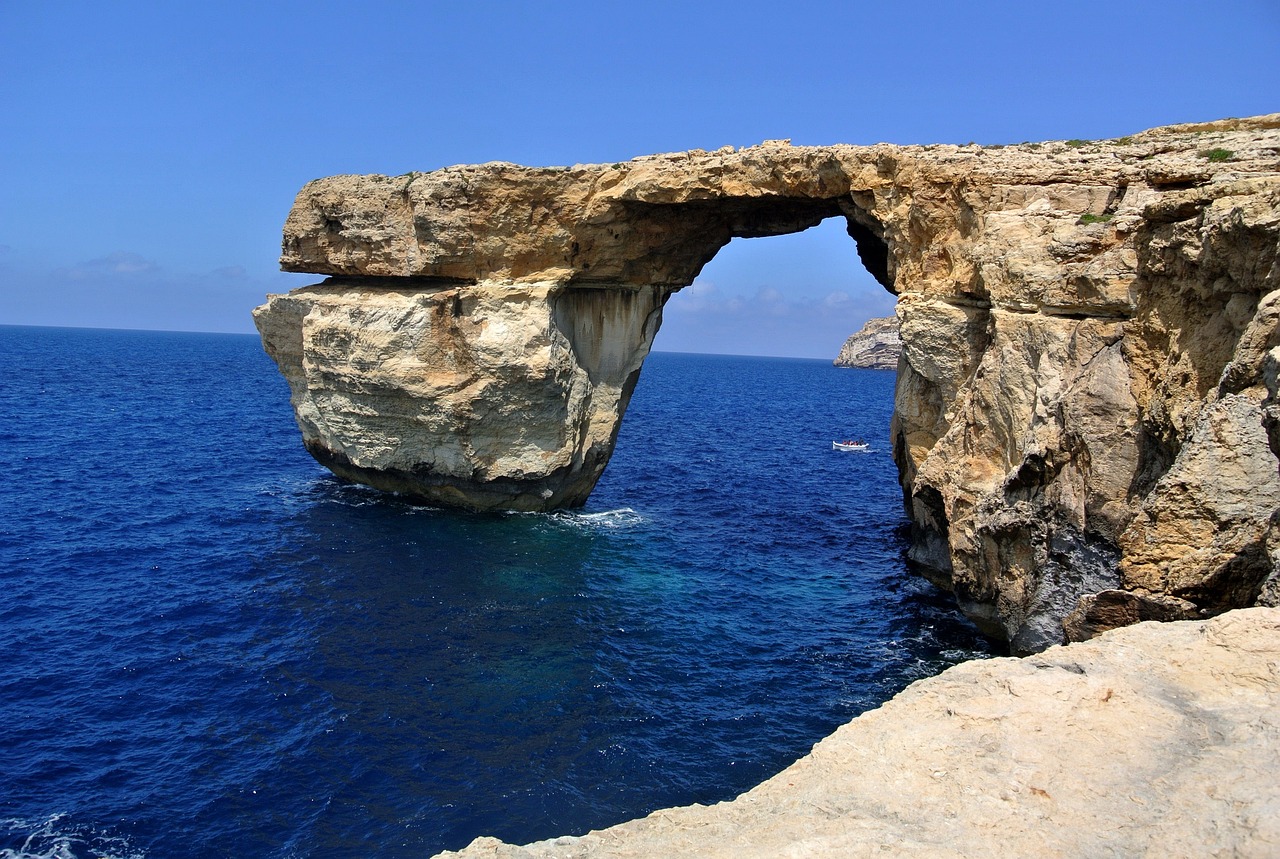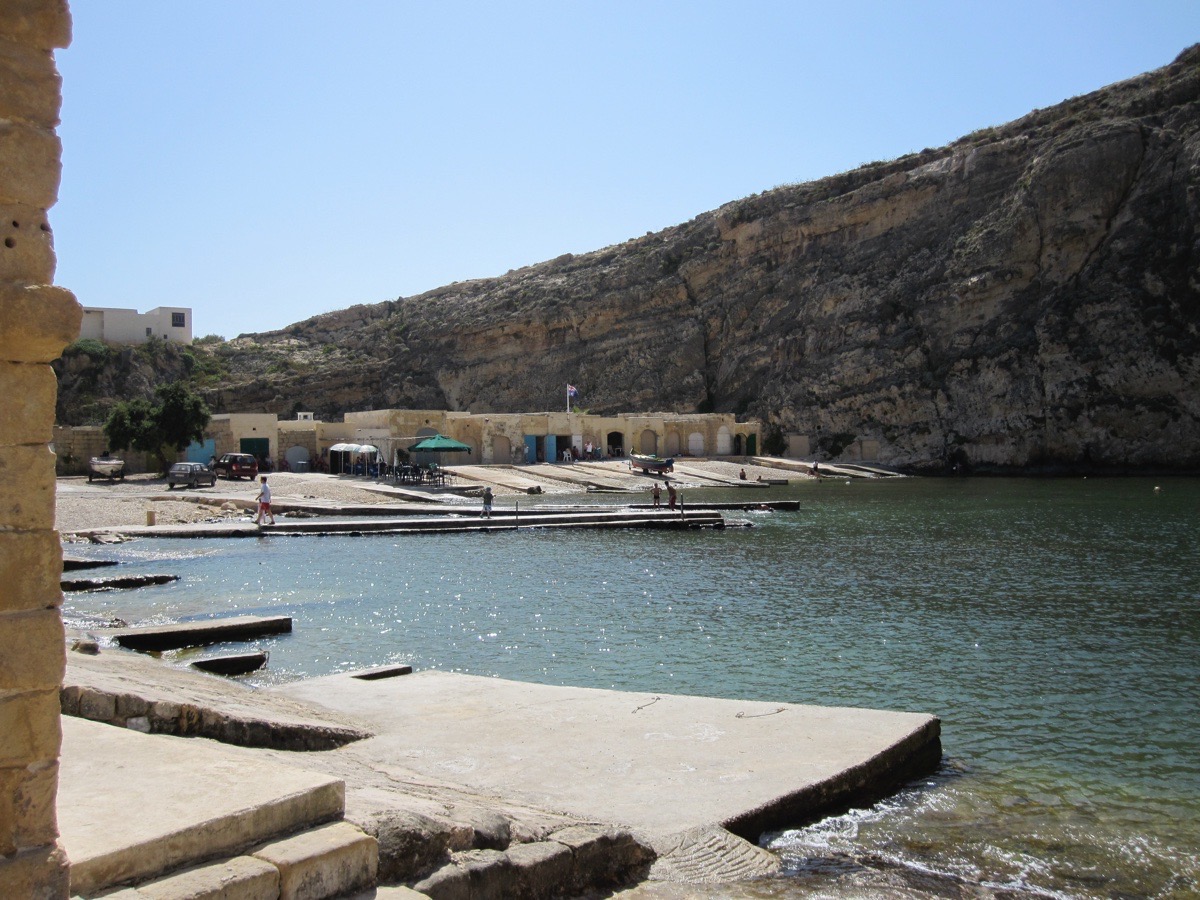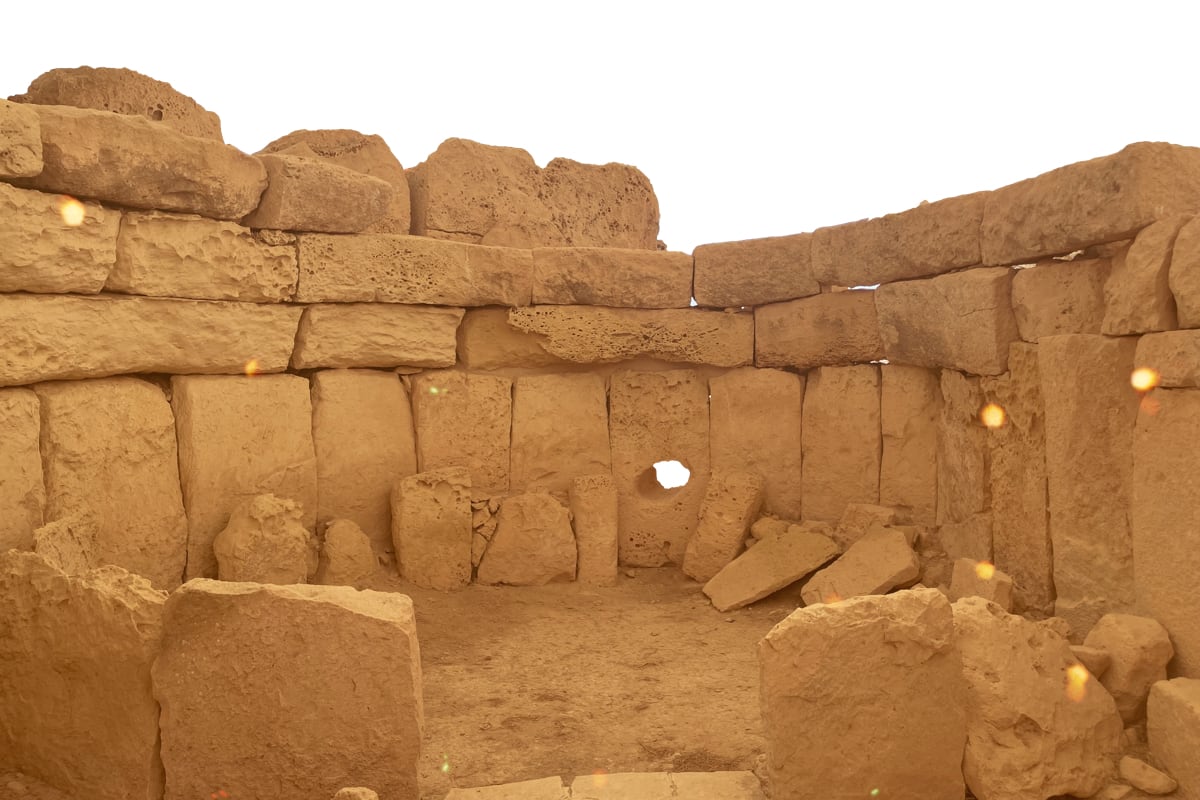The Azure Window, known in Maltese as it-Tieqa Żerqa, was a stunning natural limestone arch located in Dwejra Bay on the island of Gozo, Malta. Standing at approximately 28 meters (92 feet) tall, this geological formation was a testament to nature’s artistry and a significant attraction for tourists and filmmakers alike.
Although the arch collapsed in 2017, the surrounding area of Dwejra Bay continues to captivate visitors with its unique landscapes and attractions.

Formation and history
The Azure Window was formed over millennia through the erosion of limestone by wind and sea. Historical records suggest that the arch developed between 1866 and 1879. Over time, natural forces caused significant wear, leading to the collapse of the arch on March 8, 2017, during a severe storm.
Throughout its existence, the Azure Window featured in various films and television series, including Clash of the Titans (1981), The Count of Monte Cristo (2002), and the first season of Game of Thrones (2011).
Visiting Dwejra Bay today
Despite the loss of the Azure Window, Dwejra Bay remains a must-visit destination in Gozo, offering several natural and historical attractions:
1. The Blue Hole
A renowned dive site, the Blue Hole is a vertical chimney descending to over 15 meters, leading to an underwater archway and the open sea. Its clear blue waters and rich marine life make it a favorite among divers.
2. Inland Sea (Il-Qawra)
This is a secluded lagoon connected to the Mediterranean Sea through a natural arch in the cliffs. Visitors can enjoy swimming in its calm waters or take boat trips through the tunnel to explore nearby coastal formations.

3. Fungus Rock (Il-Ġebla tal-Ġeneral)
A prominent limestone islet at the entrance of Dwejra Bay, Fungus Rock is historically significant due to a rare plant believed to have medicinal properties, which was discovered by the Knights of St. John. While access to the rock is restricted, it can be admired from the shore.
4. Dwejra Tower
Built in 1652 by the Order of St. John, this coastal watchtower offers panoramic views of the surrounding seascape. It has been restored and is open to the public, providing insights into Malta’s maritime history.
Practical information for tourists
– Getting there: Dwejra Bay is located on the western coast of Gozo. From Victoria (Rabat), the island’s capital, it’s approximately a 15-minute drive. Public transportation is available, but renting a car or joining a guided tour can offer more flexibility.
– Best time to visit: The area can be visited year-round. For swimming and diving, the warmer months from May to October are ideal. For sightseeing and hiking, the cooler months are pleasant, though weather conditions can be more variable.
– Amenities: There are limited facilities in Dwejra Bay. It’s advisable to bring water, snacks, and sun protection. Local vendors may offer boat trips and refreshments during peak tourist seasons.
– Safety: Always heed local warnings and signs, especially regarding swimming and diving conditions. The coastal areas can be slippery, so appropriate footwear is recommended.
Final thoughts
While the Azure Window no longer graces the coastline of Gozo, Dwejra Bay remains a site of remarkable natural beauty and historical significance. Its diverse attractions continue to offer visitors a memorable experience, showcasing the enduring allure of Malta’s natural landscapes.
More about visiting Dwejra Bay on VisitMalta
The Azure window in the ‘Lost Guardian of Malta’: the book suggests that the collapse of the Azure Window was not merely a natural event but the result of an unseen force, redirected by an ancient structure no longer in its rightful place. What should have been absorbed was instead unleashed, its energy cascading toward the arch in an unexpected chain of events—one that might have ended very differently had history remained undisturbed.


